Today we kick off our dedicated Big Five blog series by introducing you to our Big Five Trees. So come on a safari and don’t forget about the trees.
At Morukuru Family Madikwe, we are proud to be able to introduce our guests to the Big Five. Back in the day when trophy hunting was an acceptable practice, hunters coined the term “Big Five”. This described the five most dangerous animals to hunt on foot: lion, leopard, elephant, buffalo and rhino. Nowadays, the Big Five refers to the five most revered animals wildlife enthusiasts hope to see while on safari.
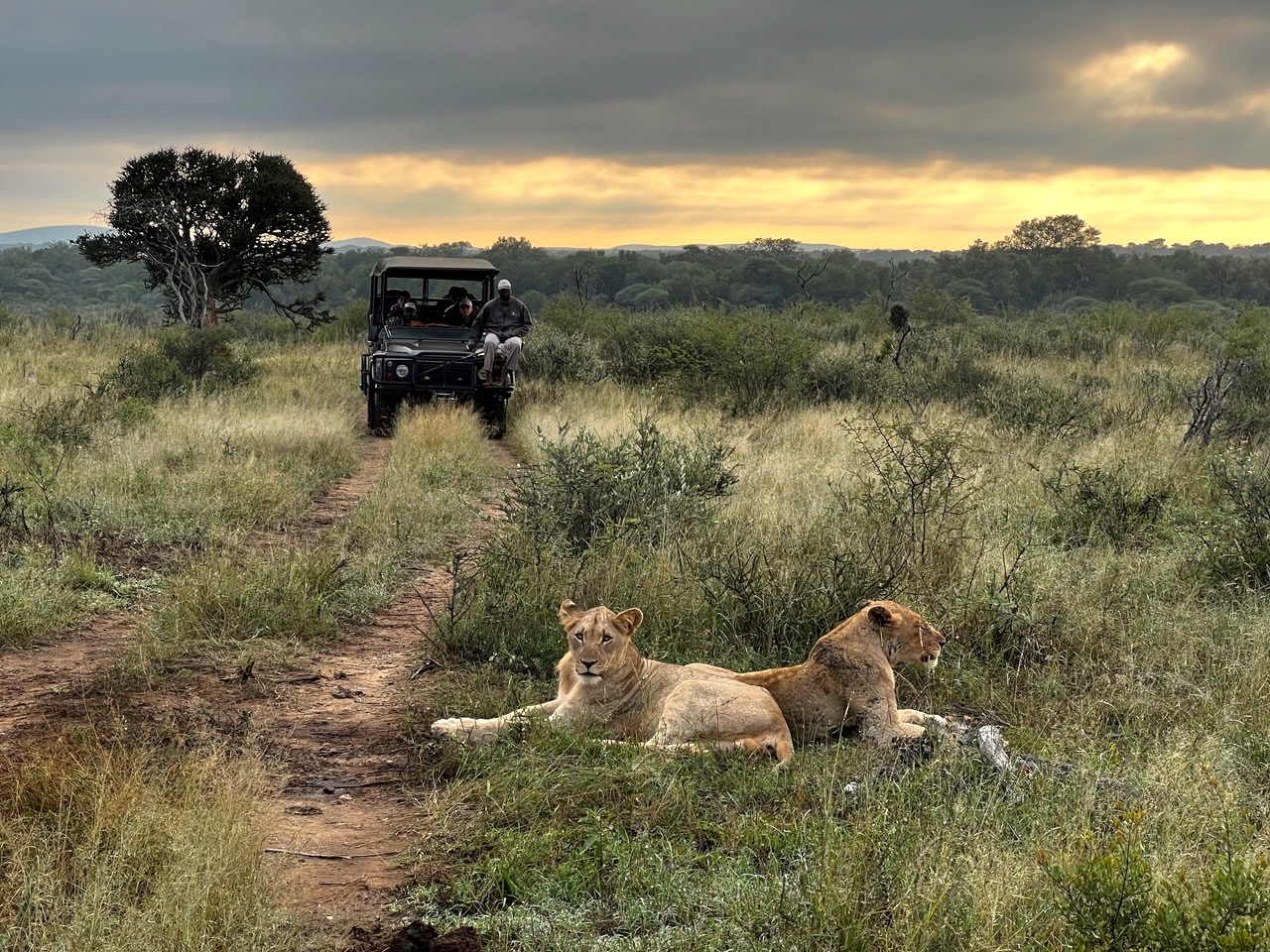

We don’t think those five large African Mammal species should be the only ones to receive this special accolade, and today we kick off our dedicated Big Five blog series by introducing you to our Big Five Trees. The Madikwe Game Reserve has some of the most impressive trees in the world, and they are a must-see when you visit Morukuru Family Madikwe.
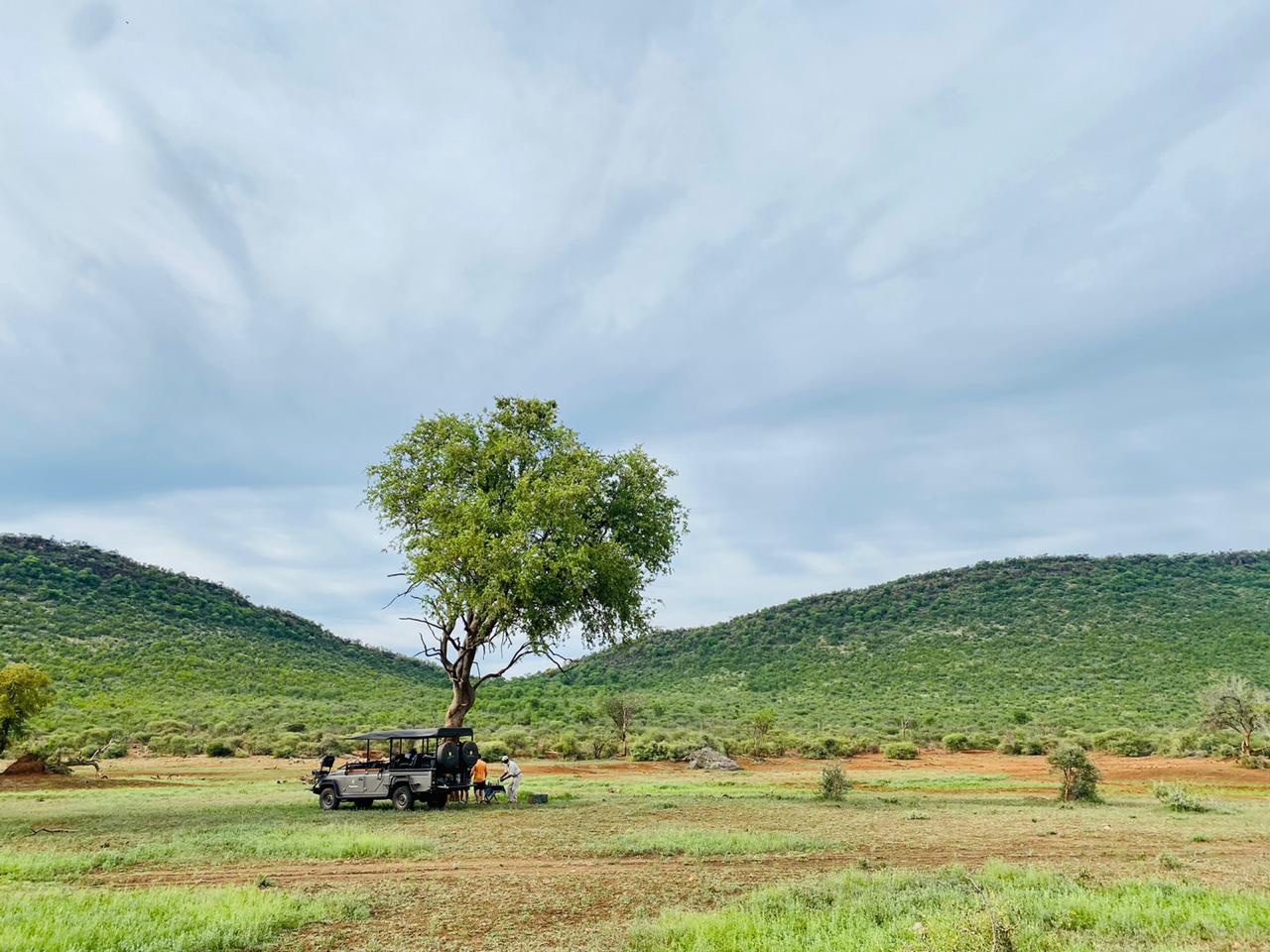



First up is the Marula (Sclerocarya birrea). The Marula is a medium to large tree, usually 9 m tall, but it can grow up to 18 m. The edible fruit is fleshy, almost round and ripens to yellow. Elephant love to indulge in lightly fermented Marula fruit on the ground. The Marula fruit is also famous as the inspiration for Amarula Liqueur and traditional Marula beer. Guests will be treated to coffee with Amarula on a morning game drive.




Next up is the Leadwood (Combretum imberbe). These are generally found along rivers and dried-up creeks. Leadwood trees are endangered and cannot be cut down or removed! Previously when Leadwood was abundant, they were used in making railway sleepers and furniture as the wood is weighty and sturdy. The trees live for a considerably long time, and some of the oldest specimens are estimated to be over 1000 years old. Due to the solid nature of the Leadwood, large bird species like vultures like to perch in the branches and survey the veld.


Following on is the Cork Bush ( Mundulea sericea), which is prevalent in open bushveld and wooded grasslands. During spring, vibrant purple flowers are in bloom, making the tree easy to spot. The Cork Bush is a favourite haunt of nectivores like sunbirds, and you could be lucky and hit a bird-watching jackpot.
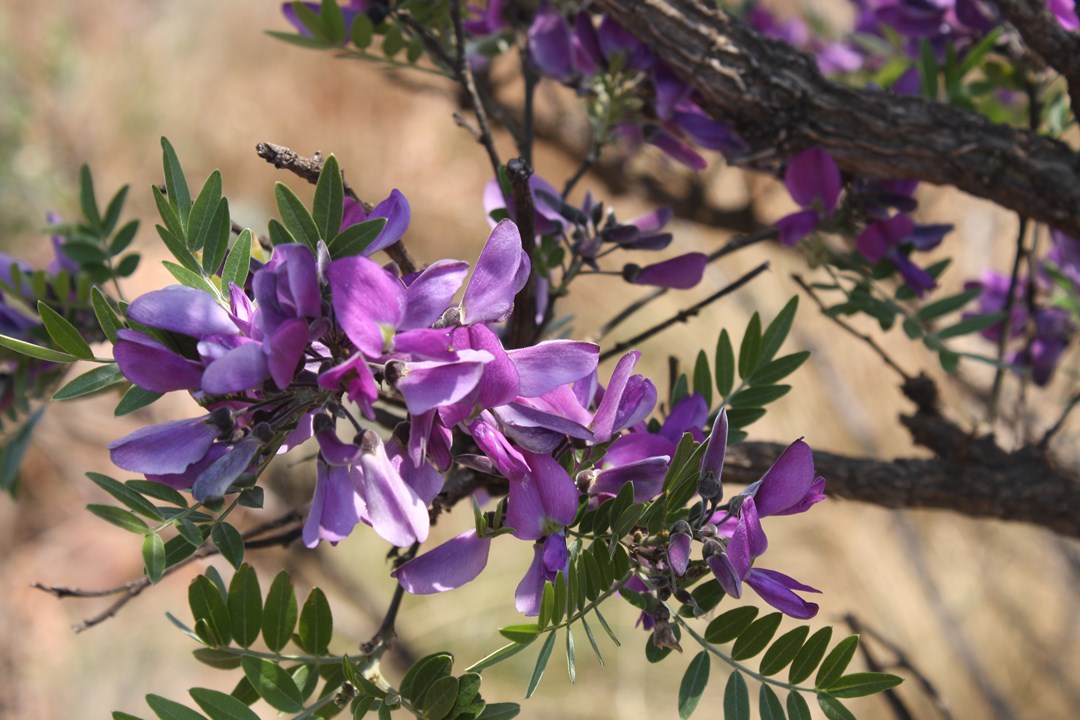

Image: Random Harvest Nursery
Our list includes the River Bushwillow (Combretum erythrophyllum). This species is a medium-sized tree, a fast grower, and produces creamy flowers and beautiful 4-winged seeds. Pied Barbets love the seeds; you might spot a little family tucking in.
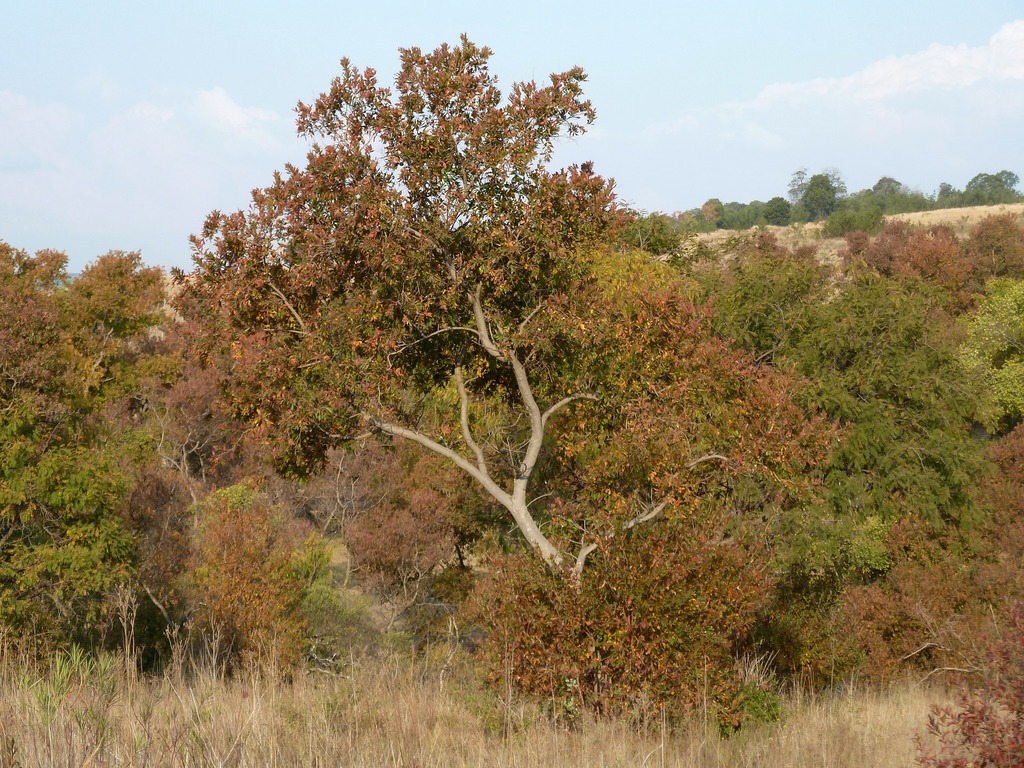

Image: iNaturalist
To finish, our favourite is the Tamboti Tree (Spirostachys Africana). Morukuru is the Tswana word for the Tamboti Tree, and Owner’s House has an exceptional example of this protected species. Our magnificent tree is a whopping 19,3 metres tall with a base of 2,2 metres and is one of the largest and most impressive Tamboti trees in Africa and most definitely the biggest in the Madikwe and North-West area. As we head towards autumn, the Tamboti displays vibrant colours with golden pollen-covered male florets at the top of the tree and smaller red female florets growing lower down. The bark is dark grey to blackish with a distinctive grid-like pattern, and the fruit is in triple-segmented capsules. In the summer, when the fruit ripens, the capsules burst open with a clapping sound before dropping from the tree. Greedy francolins and guinea fowltake advantage of this feast. Colloquially the fruit is termed jumping beans. The ” jumping” movement is caused by the larva of a small grey moth from the Pyralidae family, which wriggles inside the seed, causing it to “jump”. The Tamboti is well known for the milky latex it secretes, which is poisonous to humans, but not to animals. It is an excellent food source for many species of antelope, elephant and monkeys; black rhino are particularly partial to the Tamboti, and porcupines enjoy the bark so much that they sometimes ring bark the trees, causing them to die.
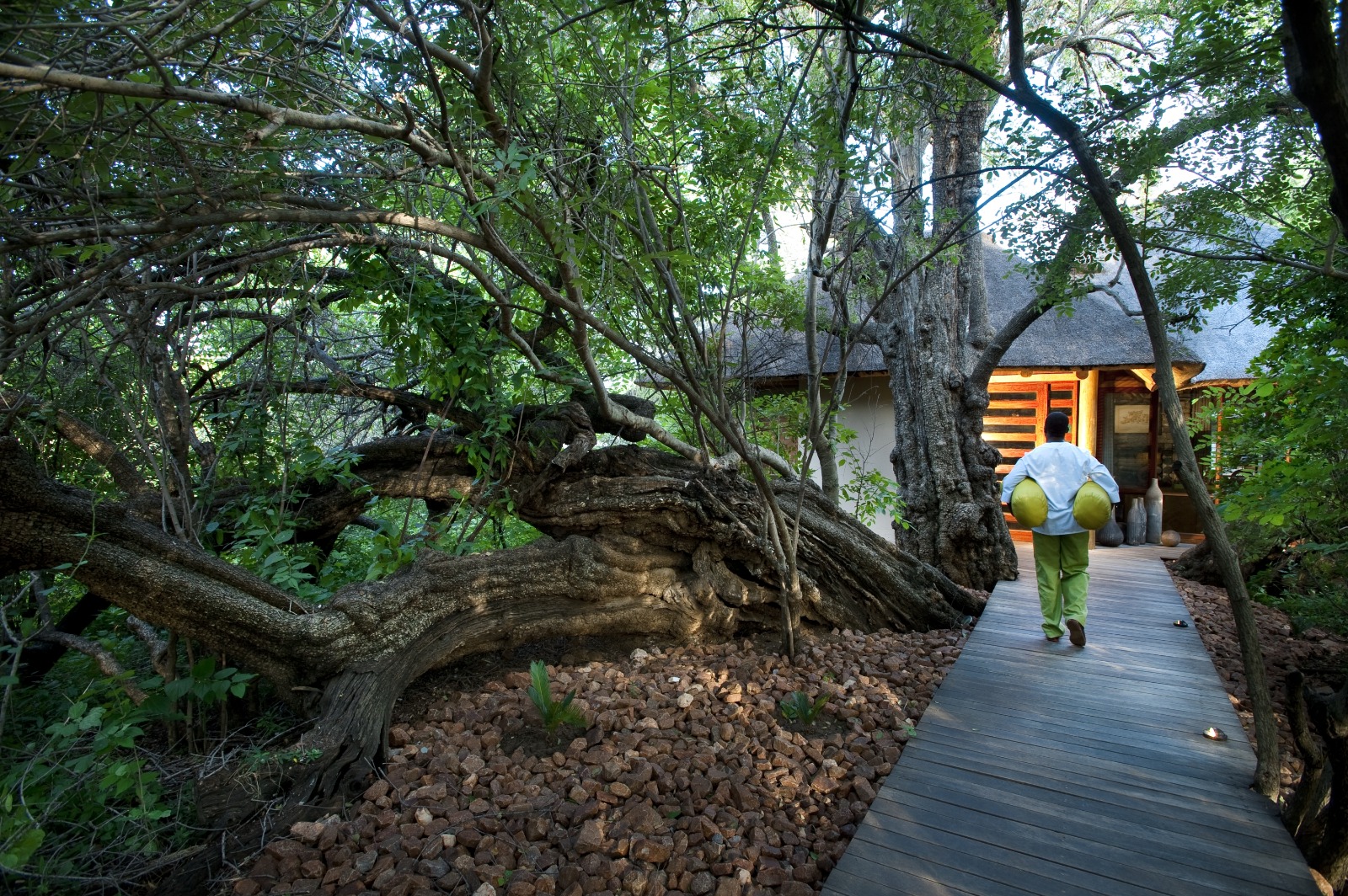

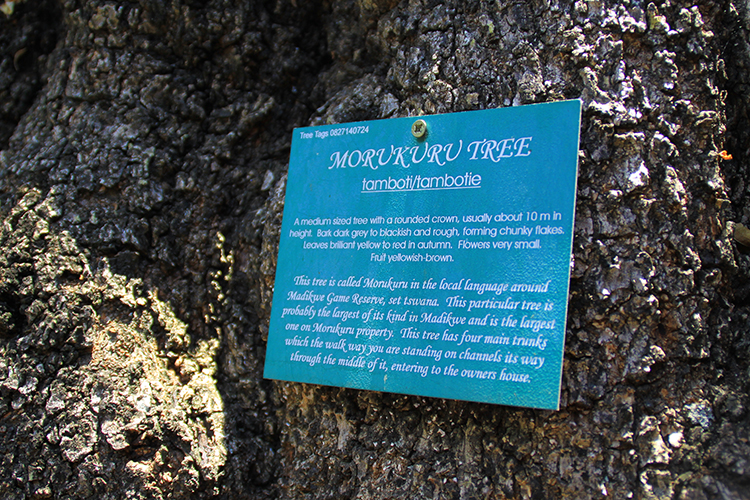

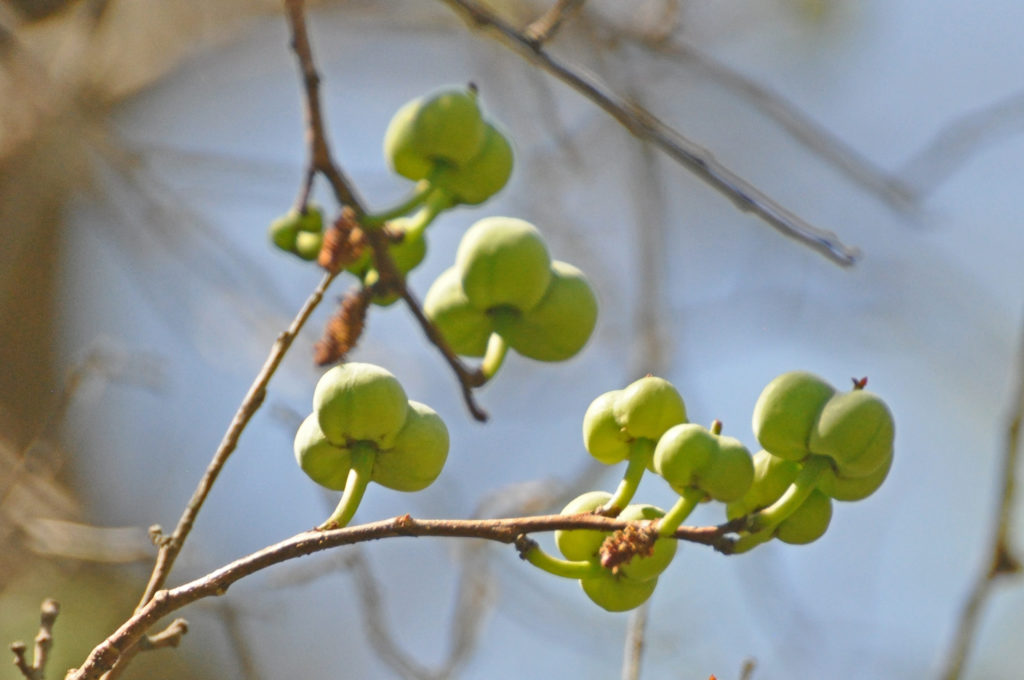

Plan your trip to Morukuru Family Madikwe to experience a brilliant wildlife experience - enjoy the chance to see the Big Five mammals and also our Big Five Trees. An African proverb says Time Spent Amongst Trees Is Never Time Wasted, and we agree!
